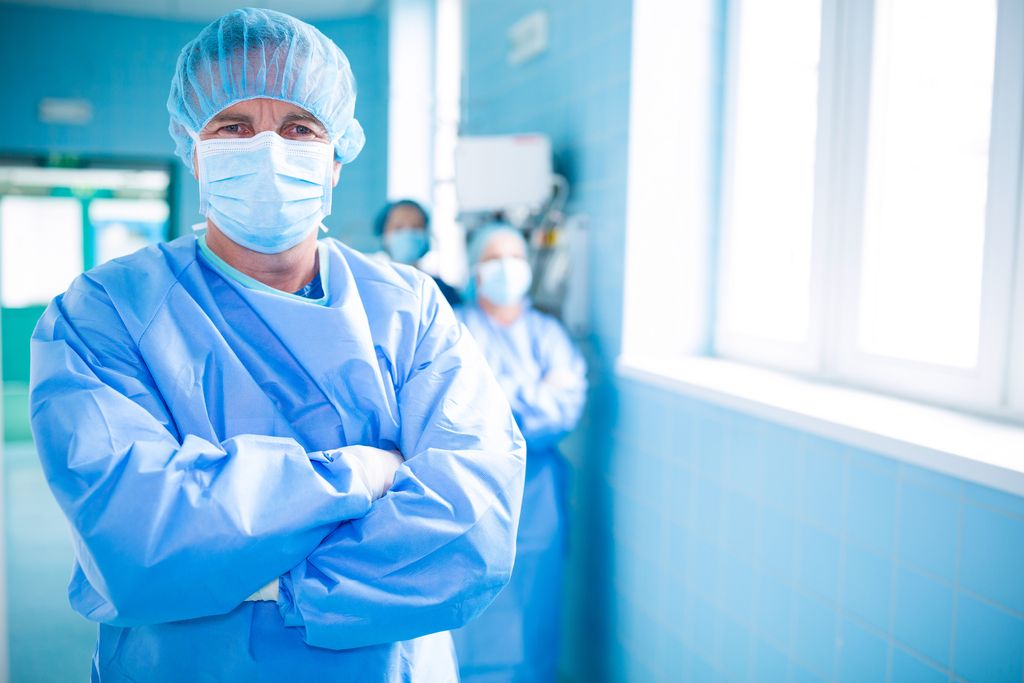Transbronchial Lung Cryobiopsy Helps Provide Definitive Diagnose of Sarcoidosis, Study Suggests
Written by |

Transbronchial lung cryobiopsy — a relatively new method of collecting lung tissue for analysis — safely and successfully helps to provide a definitive sarcoidosis diagnosis when the usual and less-invasive diagnostic tools are insufficient, a Portuguese study suggests.
The study, “Diagnostic yield and safety of transbronchial cryobiopsy in sarcoidosis,” was published in the journal ERJ Open Research.
Sarcoidosis is a highly heterogeneous inflammatory disease that leads to the formation of small abnormal lumps or nodules — called granulomas — in several organs of the body. Lungs are the most frequently affected organ and often the only involved organ.
The disease is part of a larger group of more than 200 chronic lung disorders — known as interstitial lung diseases (ILDs) — that cause inflammation and scarring in the tissue in and around the lung air sacs, impairing the lungs’ ability to transfer oxygen to the bloodstream.
Since sarcoidosis can show distinct symptoms, some of them mimicking other diseases, including other ILDs, it is a difficult disease to diagnose. Therefore, a significant proportion of patients requires a lung biopsy — the collection and analysis of lung tissue — to confirm the presence of granulomas and be diagnosed with the disease.
Transbronchial lung cryobiopsy (TBLC) is a safe and promising new lung biopsy technique that involves the insertion of a flexible tube through the nose or mouth, and whose tip can rapidly freeze and extract a small area of lung tissue. It allows the collection of larger and better-preserved lung tissue samples than conventional transbronchial lung biopsy (TBLB), which uses forceps at the tube’s tip to collect tissue samples.
TBLC has been reported to have a high diagnostic yield, typically higher than 80%, meaning that it provides the information needed to establish a definitive diagnosis in more than 80% of patients.
While several studies have highlighted the usefulness of TBLC in diagnosing ILDs, its role on the diagnosis of sarcoidosis, specifically, remains unclear.
Therefore, Portuguese researchers retrospectively evaluated the use and safety of TBLC in the diagnosis of sarcoidosis when less-invasive techniques were unable to reach a definitive diagnosis.
The study included 32 people (19 men and 13 women; mean age of 47.7 years) who underwent TBLC in the context of ILD diagnosis at São João University Hospital, in Porto, Portugal, between May 2014 and December 2017.
Patients were divided into three groups according to the level of suspected sarcoidosis before TBLC: highly likely sarcoidosis, due to typical sarcoidosis clinical and radiological features (21 patients); possible sarcoidosis, where possible disorders included sarcoidosis (six patients); and unlikely sarcoidosis, where clinical and/or radiological data did not suggest sarcoidosis, but TBLC showed features of the disease (five patients).
Among the 27 patients with suspected sarcoidosis, TBLC confirmed sarcoidosis diagnosis in 20 (74%) of them — 17 (81%) in the highly likely sarcoidosis group, and three (50%) of those with possible sarcoidosis. It also definitively diagnosed other diseases in five patients, including fungal infection and silicosis (lung disease associated with exposure to silica).
However, TBLC was unable to provide a definitive diagnosis in two patients with suspected sarcoidosis. Their diagnosis was subsequently confirmed through lung needle biopsy, which collects lung tissue through the chest wall.
TBLC provided a definitive diagnosis (of sarcoidosis or other disease) in 25 out of the 27 patients with suspected sarcoidosis, representing a diagnostic yield of 92.6%, which was higher than reported for conventional TBLB in most studies, the researchers said.
TBLC showed a sensitivity of 90.9% (20 true positives out of 22 patients with sarcoidosis), and a specificity of 100% (five true negatives out of five patients without sarcoidosis). Moreover, it was able to diagnose sarcoidosis in five patients who showed no features suggestive of the disease.
The procedure was generally safe, with five patients (15.6%) having a subsequent pneumothorax (or collapsed lung), and one (3.13%) reporting moderate bleeding. No deaths occurred during the procedure or the 30-day post-intervention period.
“Although easily managed with a chest tube and a short inpatient stay, pneumothorax was a significant adverse event,” the researchers wrote. Since these patients were among the first 200 patients undergoing TBLC in their center, the team believes that a larger patient population and increased experience in TBLC procedure would reduce the number of pneumothoraxes.
Based on the findings, the researchers believe that TBLC can be used as a complementary biopsy method, and it may be particularly helpful in establishing a definitive diagnosis in patients without clear signs of sarcoidosis.
“In atypical cases, when previous diagnostic methods are inconclusive, TBLC could avoid [surgical lung biopsy], which [is] associated with higher rates of morbidity and mortality, higher costs, and longer hospital stays than TBLC,” they wrote.
The team said, however, that future, multicenter, and prospective studies are required to clarify the role of TBLC and its accuracy in diagnosing sarcoidosis.





